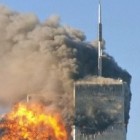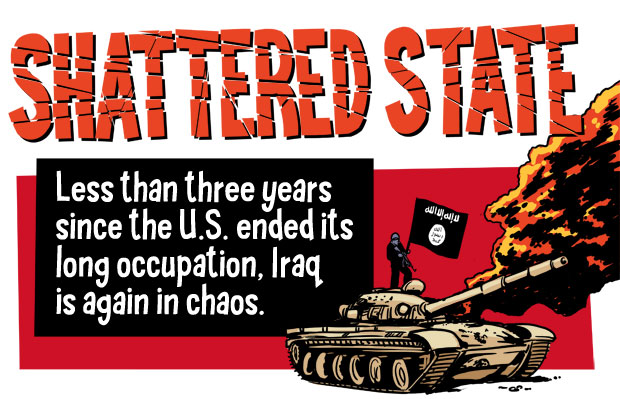President Obama’s address on Wednesday authorizing U.S. airstrikes against the Islamic State (a.k.a. ISIL or ISIS), was a sobering reminder of the immense power bestowed on the Commander in Chief to single-handedly order military action.
Like his address last September threatening the use of military force against the regime of Syrian President Bashar al-Assad (a threat that never materialized), Obama’s most recent speech was the latest in a long history of solemn presidential declarations of war and authorizations of lesser military action.
Since World War II, the United States’ increasingly large and powerful military has been quite busy, to say the least, consistently involved in conflicts around the world. In little over half a century, American forces have fought in five all-out wars (Korea, Vietnam, the first war in Iraq, Afghanistan and the second war in Iraq) and been involved in many additional smaller military invasions.






 The 2014 fire season was predicted to be a doozy, and so far it hasn’t failed to disappoint. Prolonged drought conditions throughout the West, felt particularly hard across the Golden State, have resulted in a string of large, destructive and extremely costly blazes, charring huge swaths of forest in Northern California and the the Northwest and leaving local and federal fire prevention agencies dangerously strapped for funding and resources. As of September 4, over 38,000 fires had been reported since the beginning of 2014, burning more than 2.7 million acres, according to the
The 2014 fire season was predicted to be a doozy, and so far it hasn’t failed to disappoint. Prolonged drought conditions throughout the West, felt particularly hard across the Golden State, have resulted in a string of large, destructive and extremely costly blazes, charring huge swaths of forest in Northern California and the the Northwest and leaving local and federal fire prevention agencies dangerously strapped for funding and resources. As of September 4, over 38,000 fires had been reported since the beginning of 2014, burning more than 2.7 million acres, according to the 
 UPDATE: Since we first published this piece two weeks ago, embattled Iraqi Prime Minister Nuri
UPDATE: Since we first published this piece two weeks ago, embattled Iraqi Prime Minister Nuri  NOTE: This was originally published on Jan. 15, 2014
NOTE: This was originally published on Jan. 15, 2014